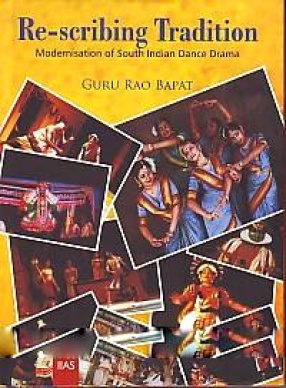Tribal Movements in India
In stock
The word tribe evokes different ideas in people’s mind. The fact that remains undisputed is that it represents a type of society, which fails to catch up with the advance world. Viewed in this context the existence of tribal society in India is generally believed to have its linkage with the Indian Civilization. They continue to be a dominant social formation of traditional Indian social structure. The imperialistic design of the British colonial rule was responsible for breaking their relative isolation. The tribal movements were basically a response to challenge posed before them by the vested interests of these triumvirates, i.e., consisting of zamindars, moneylenders and merchants. The colonial rule provided an opportunity to these people to plunder the tribal economy. The tribal protest movements were noted in 18th century and continued through the 19th and 20th century is a testimony of this fact. Majority of the tribal movements were spontaneous uprising sparked by the situations of extreme exploitive structures created by struggle directed against the colonial rule. They were also the movements of indigeneous people’s struggle registering protest for autonomy within the federal structure of Indian Nation.






There are no reviews yet.